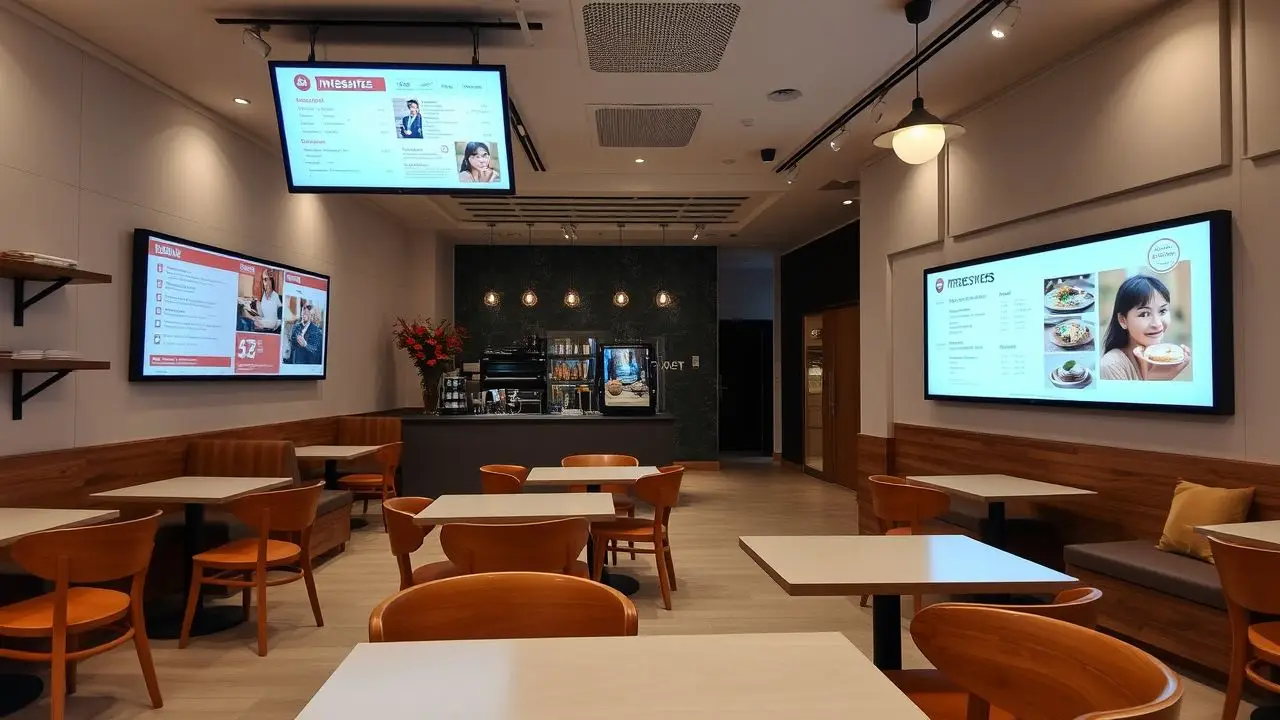
Top Digital Signage Trends for Restaurants & Cafés in 2025
Choosing the right technology can be hard for restaurants and cafés. One fact is true: digital signage is changing how these places work. This post
Explore insights, updates, and inspiration on digital signage.

Choosing the right technology can be hard for restaurants and cafés. One fact is true: digital signage is changing how these places work. This post
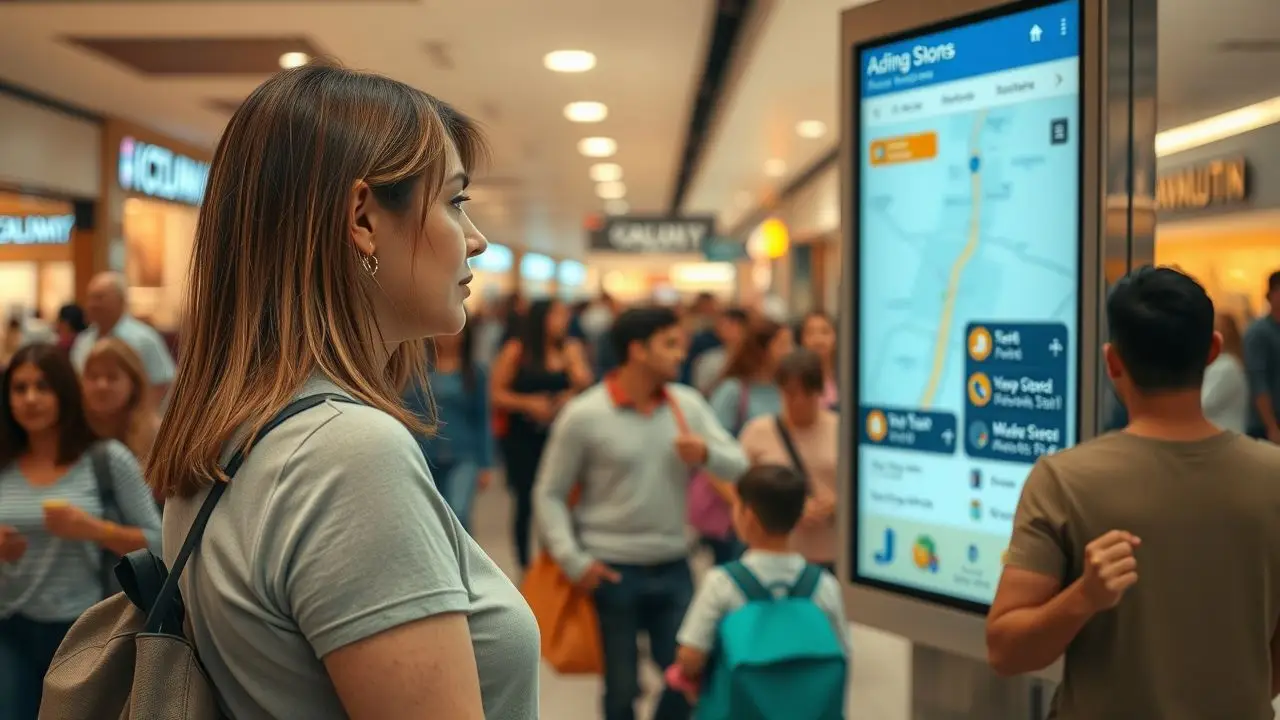
Many people find shopping malls big and confusing. One fact is that digital signs make these places easier to navigate. Our blog will show how
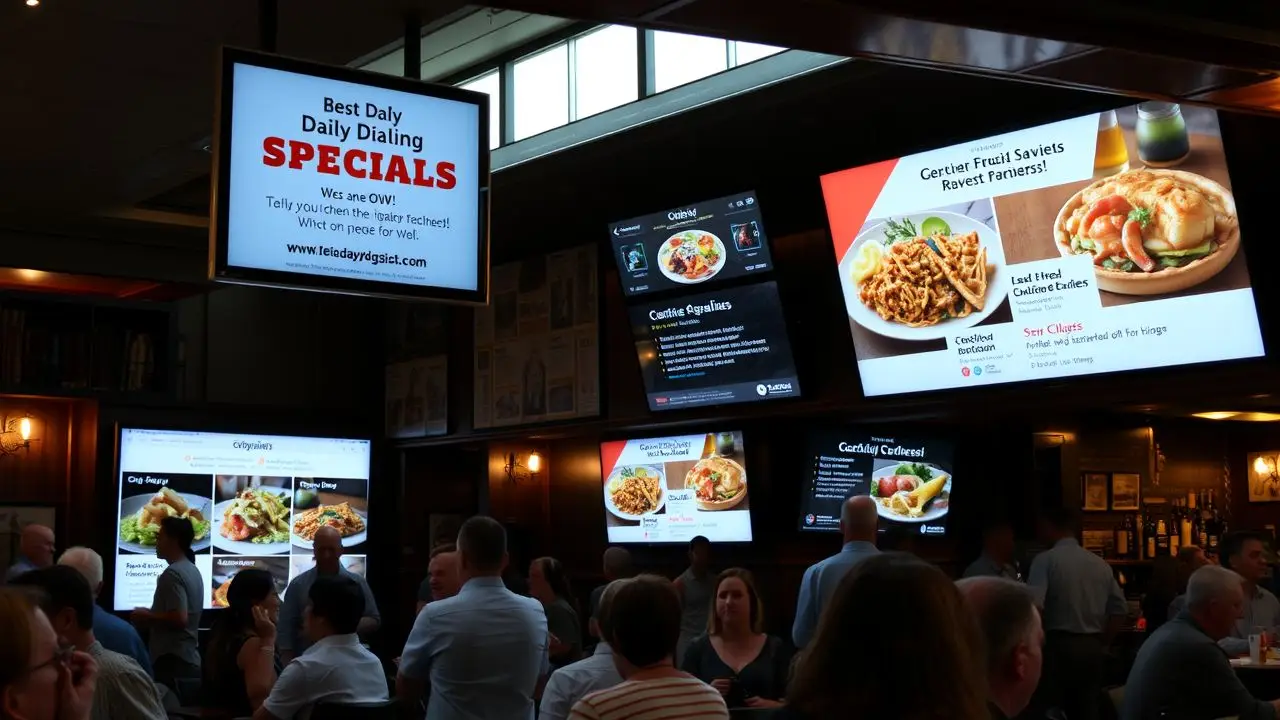
Many food places want to sell more and keep customers happy. Digital signs are now big in the food industry. This post will show how

Finding the right way to manage appointments can be hard for salons and spas. Digital signage is a smart tool that helps with this challenge.
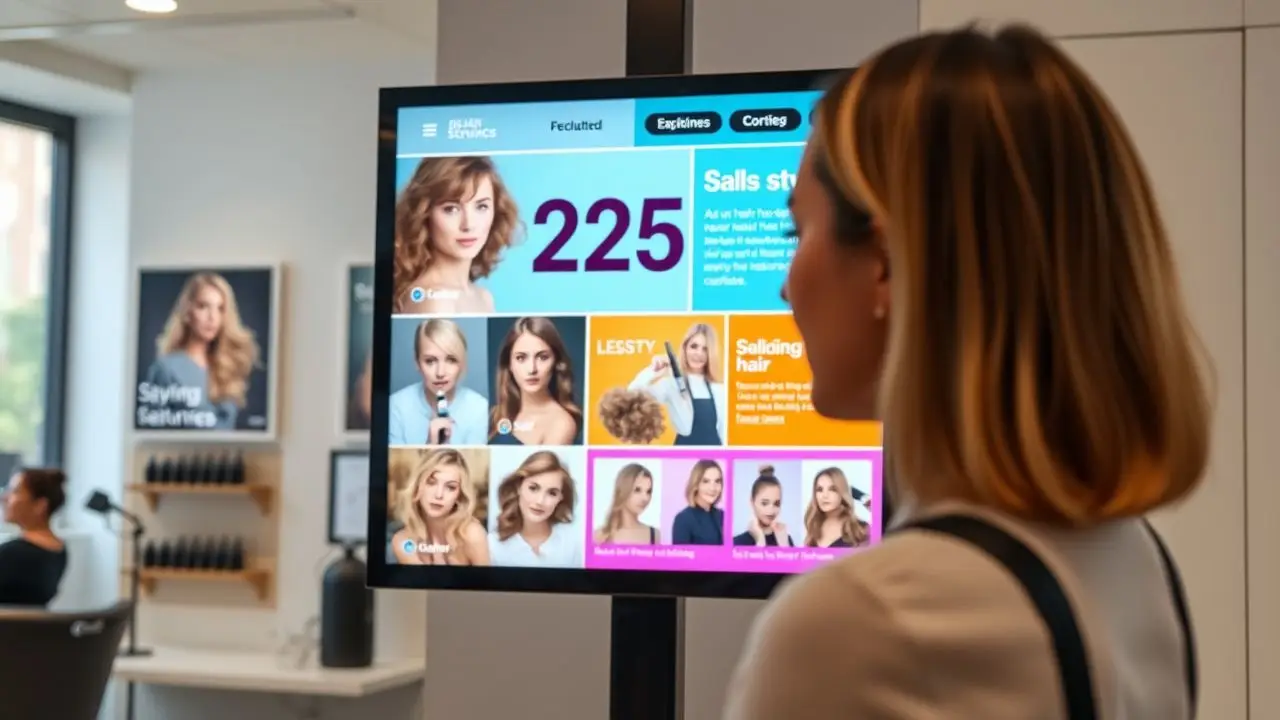
Are you trying to catch more eyes for your salon, spa, or barber shop? Digital signage is changing the game in beauty industry advertising. This
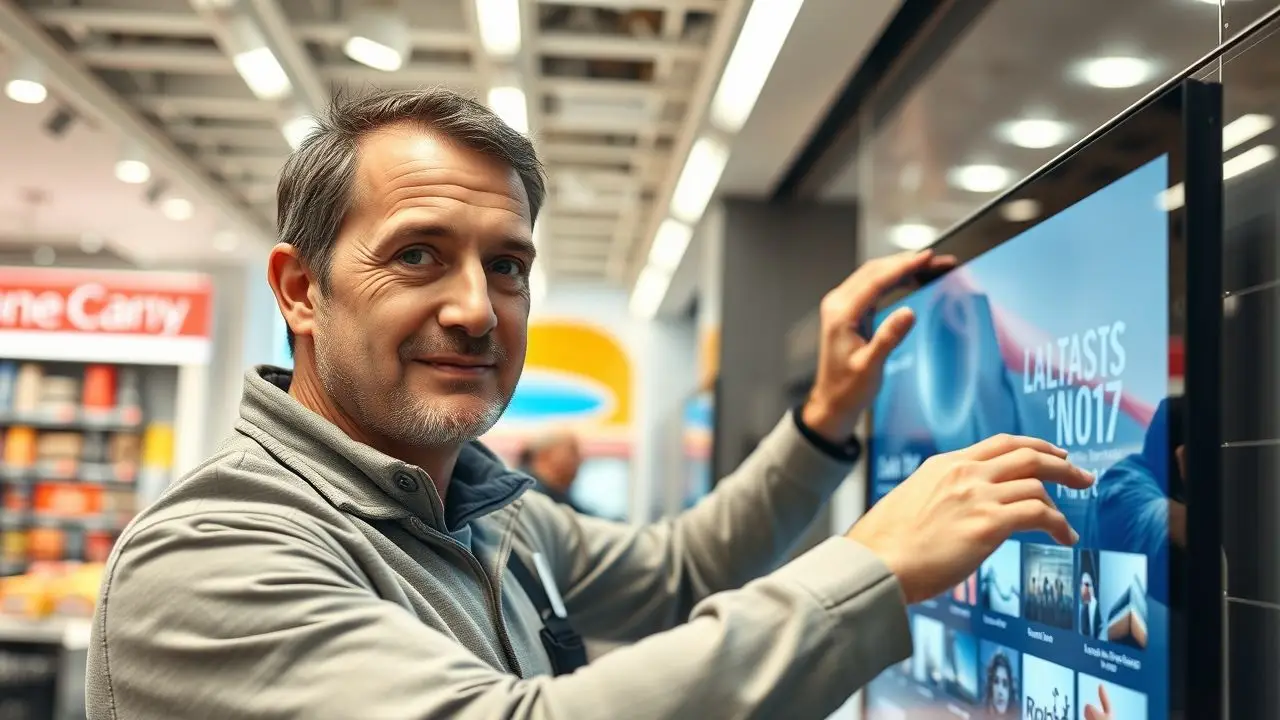
Finding the right way to catch customers’ eyes can be tough. Digital signage is a key tool for this. This blog will show new trends
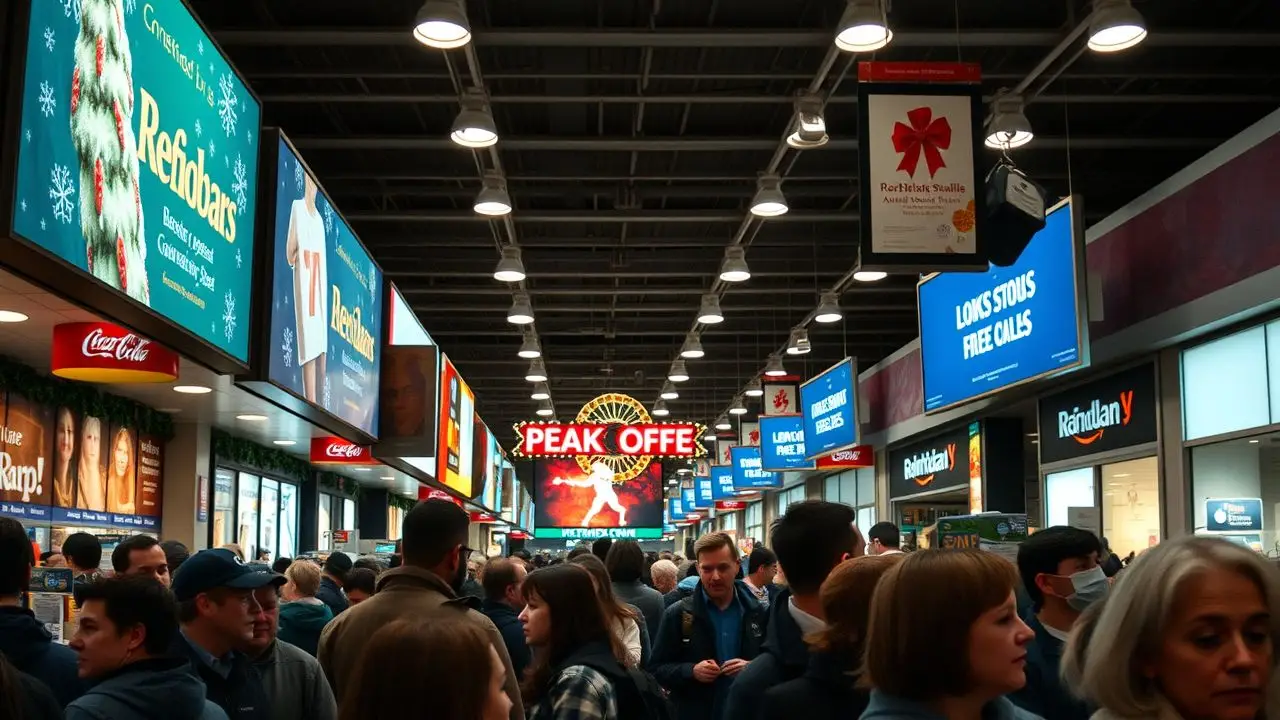
Holiday shopping can be busy and competitive. Digital signs have become key in retail marketing. They help stores stand out with festive displays and exclusive
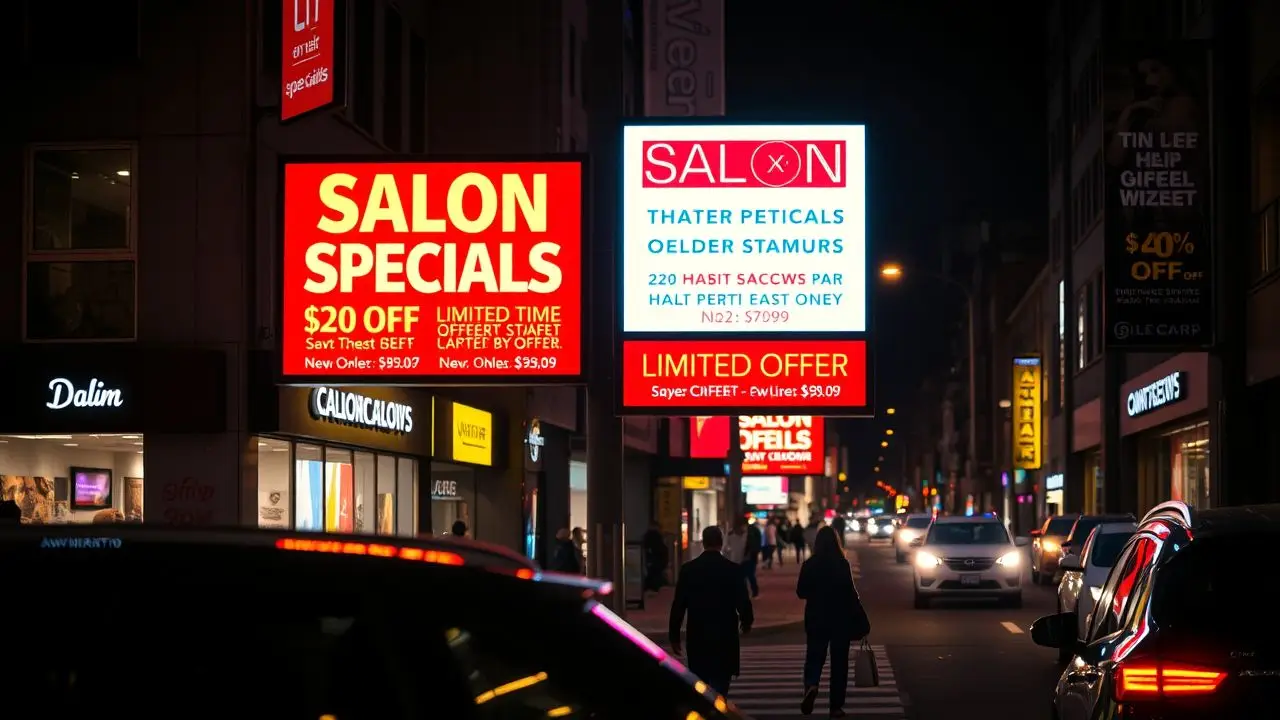
Trying to let people know about salon specials can be hard. Digital signs are a great tool for this. This blog will show how they

Waiting in long lines at drive-thrus can be annoying. Digital signs make things faster and clearer. This blog shows how they help with drivethru efficiency

No one likes to wait too long at restaurants. A fact is, long waits can turn customers away. This post shows how digital signs help

Many stores face a big challenge competing with online shops. One fact is clear: digital signage helps in this fight. This blog will show how

Finding the right way to attract clients can be hard for beauty salons. Digital signage is a smart tool that many don’t use yet. This
Get a custom quote tailored to your screens, your workflow, and your goals. No guesswork—just clear pricing built around what you actually need.